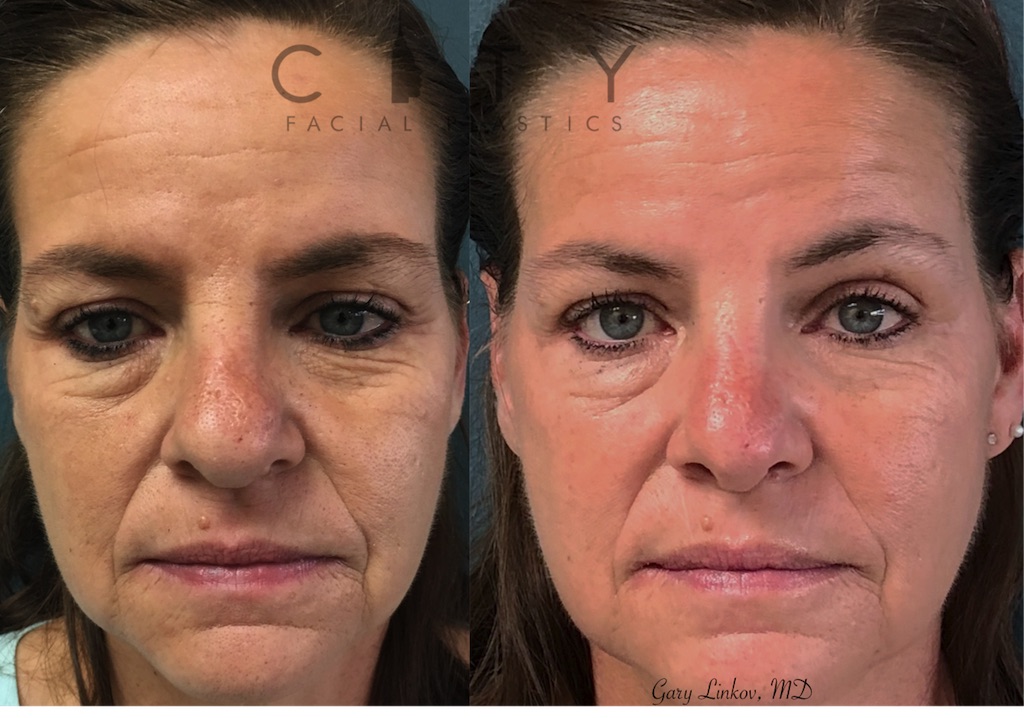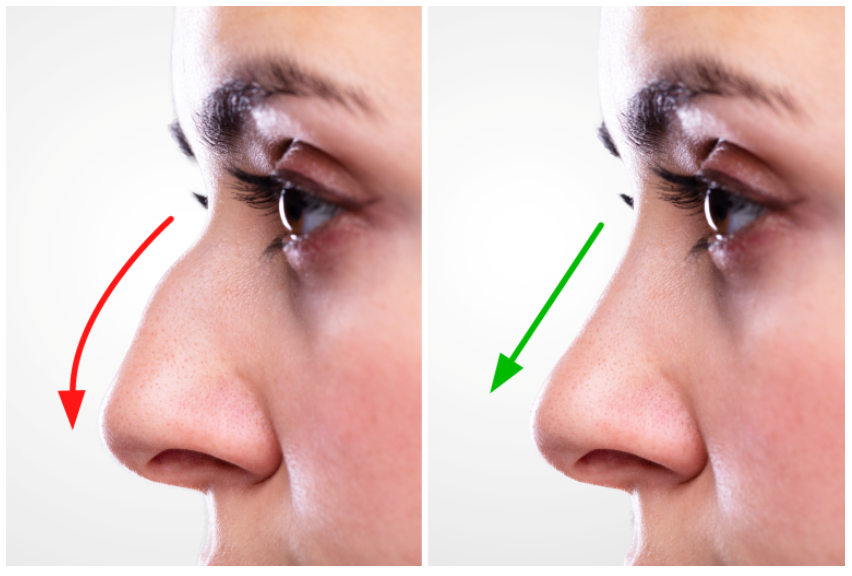The 2-Minute Rule for Rhinoplasty Surgery Austin
Table of ContentsHow Rhinoplasty Surgery Austin can Save You Time, Stress, and Money.Not known Factual Statements About Rhinoplasty Austin Tx How Rhinoplasty Surgery Austin can Save You Time, Stress, and Money.
Nose Surgery (RIE-no-plas-tee) is surgery that changes the shape of the nose. The inspiration for nose surgery may be to alter the look of the nose, enhance breathing or both. The upper portion of the structure of the nose is bone, and the lower portion is cartilage. Rhinoplasty can change bone, cartilage, skin or all 3.When preparing nose surgery, your surgeon will consider your other facial functions, the skin on your nose and what you want to alter. If you're a candidate for surgery, your cosmetic surgeon will establish a customized plan for you. Often part or all of a rhinoplasty is covered by insurance coverage. Program more products from Mayo Clinic Nose surgery can alter the size, shape or proportions of your nose.
Similar to any significant surgical treatment, nose job brings risks such as: Bleeding Infection A negative reaction to the anesthesia Other possible dangers specific to rhinoplasty include however are not limited to: Difficulty breathing through your nose Irreversible tingling around your nose The possibility of an uneven-looking nose Discomfort, discoloration or swelling that may persist Scarring A hole in the septum (septal perforation) A requirement for additional surgery Speak with your medical professional about how these threats use to you.
This conference usually consists of: The most essential concern your physician will ask you is about your inspiration for surgery and your objectives. Your doctor will likewise ask concerns about your case history consisting of a history of nasal blockage, surgeries and any medications you take. If you have a bleeding condition, such as hemophilia, you might not be a prospect for rhinoplasty.
She or he also will analyze your facial functions and the within and beyond your nose. The physical examination helps your physician identify what changes need to be made and how your physical functions, such as the density of your skin or the strength of the cartilage at the end of your nose, might affect your outcomes.
Somebody from your physician's office will take photographs of your nose from different angles. Your surgeon may use computer software to manipulate the pictures to show you what sort of results are possible. Your medical professional will utilize these photos for before-and-after assessments, recommendation throughout surgical treatment and long-term reviews. Most notably, the pictures permit a specific conversation about the objectives of surgical treatment (rhinoplasty surgery austin tx).
Some Known Factual Statements About Austin Rhinoplasty
She or he will discuss what nose job can and can't provide for you and what your outcomes might be. It's regular to feel a little awkward discussing your look, however it's really important that you're open with your surgeon about your desires and objectives for surgery. If you have a little chin, your cosmetic surgeon might speak with you about carrying out a surgery to augment your chin (rhinoplasty surgery austin tx).
It's not required to have chin surgical treatment in those scenarios, but it may better balance the facial profile. When the surgery is arranged, you'll need to schedule somebody to drive you house if you're having an outpatient surgical treatment. For the first few days after anesthesia, you might have memory lapses, slowed reaction time and impaired judgment.


Each surgery is distinct and personalized for the particular anatomy and objectives of the individual having the surgery. Nose surgery requires regional anesthesia with sedation or basic anesthesia, depending upon how complicated your surgical treatment is and what your cosmetic surgeon chooses. Discuss with your medical professional prior to surgical treatment which kind of anesthesia is most appropriate for you.

It's limited to a particular location of your body. Your doctor injects a pain-numbing medication into your nasal tissues and sedates you with medication injected through an intravenous (IV) line. This makes you groggy but not totally asleep. You receive the drug (anesthetic) by inhaling it or through a little tube (IV line) put in a vein in your hand, neck or chest.
General anesthesia requires a breathing tube. Rhinoplasty might be done inside your nose or through a little external you can try this out cut (incision) at the base of your nose, in between your nostrils. Your surgeon will likely readjust the bone and cartilage beneath your skin. Your surgeon can change the shape of your nasal bones or cartilage in several ways, depending upon how much needs to be eliminated or added, your nose's structure, and readily available products.
How Rhinoplasty Austin Tx can Save You Time, Stress, and Money.
For larger changes, the cosmetic surgeon can use cartilage from your rib, implants or bone from other parts of your body (rhinoplasty surgery austin tx). After these modifications are made, the cosmetic surgeon positions the nose's skin and tissue back and stitches the incisions in your nose. If the wall in between the top article 2 sides of the nose (septum) is bent or crooked (deviated), the cosmetic surgeon can likewise remedy it to enhance breathing.
You may leave later that day or, if you have other health problems, you may stay over night. After the surgical treatment you require to rest in bed with your head raised greater than your chest, to minimize bleeding and swelling. Your nose might be crowded since of swelling or from the splints positioned inside your nose throughout surgical treatment.
Your physician likewise tapes a splint to your nose for protection and support. It's typically in place for about one week. Minor bleeding and drainage of mucous and old blood are typical for a couple of days after the surgery or after getting rid of the dressing. Your medical professional may position a "drip pad" a little piece of gauze held in location with tape under your nose to absorb drainage.